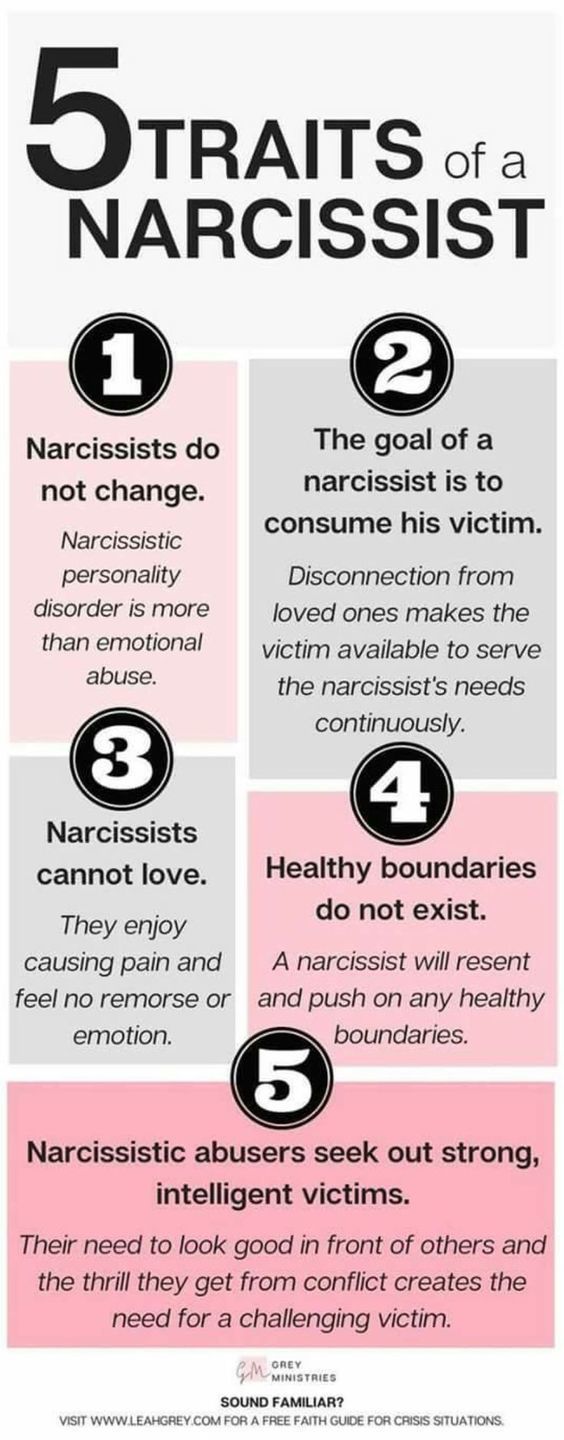How To Outsmart A Narcissist At Work

Navigating the workplace can be challenging, especially when personalities clash. But dealing with someone exhibiting narcissistic traits requires a specialized approach. Understanding their strategies and learning how to effectively respond can protect your well-being and career.
This article explores practical techniques for outsmarting a narcissist at work, focusing on strategies for managing communication, setting boundaries, and maintaining professional relationships.
Understanding the Landscape
Narcissistic Personality Disorder (NPD) is a mental health condition characterized by an inflated sense of self-importance, a need for excessive attention and admiration, troubled relationships, and a lack of empathy for others, according to the Mayo Clinic. While a clinical diagnosis requires a professional assessment, certain behaviors are often observed in the workplace.
These can include grandiosity, a constant need for validation, manipulation tactics, and a tendency to take credit for others' work.
Strategies for Engagement
One of the most effective strategies is to manage your emotional reactions. Narcissists often thrive on emotional responses, using them to fuel their sense of power.
Remaining calm and objective, even in the face of provocation, can disarm their attempts to control the situation.
Document everything. Maintain a record of all interactions, project contributions, and promises made. This documentation can be invaluable if disagreements arise or if your contributions are questioned.
Human Resources often advises employees to keep thorough records when dealing with difficult workplace situations.
Setting Boundaries
Clearly define your boundaries and consistently enforce them. This might mean declining to take on tasks that are not within your job description or limiting your availability outside of work hours.
Be assertive but professional in communicating your boundaries. Use "I" statements to express your needs without placing blame.
For example, "I am unable to take on additional projects at this time" is more effective than "You're always giving me too much work."
Communication Tactics
Choose your battles wisely. Not every slight or manipulation requires a direct confrontation. Sometimes, ignoring minor offenses is the best course of action.
When communication is necessary, focus on facts and avoid emotional language. Present your arguments logically and support them with evidence.
Frame your requests in a way that benefits the narcissist's self-image. For instance, instead of saying "I need your help," try "Your expertise would be invaluable on this project."
Protecting Your Well-being
Recognize that you cannot change the narcissist's behavior. Your focus should be on managing your own responses and protecting your mental and emotional health.
Seek support from trusted colleagues, friends, or a therapist. Talking about your experiences can help you process your emotions and develop coping strategies.
If the situation becomes unbearable or impacts your well-being significantly, consider seeking assistance from Human Resources or exploring other job opportunities.
According to a 2023 study by The Workplace Bullying Institute, exposure to narcissistic behavior in the workplace can lead to increased stress, anxiety, and even burnout.
Remember, prioritizing your well-being is crucial. Recognizing the dynamics at play and implementing these strategies can help you navigate the challenges and thrive in your career.


















